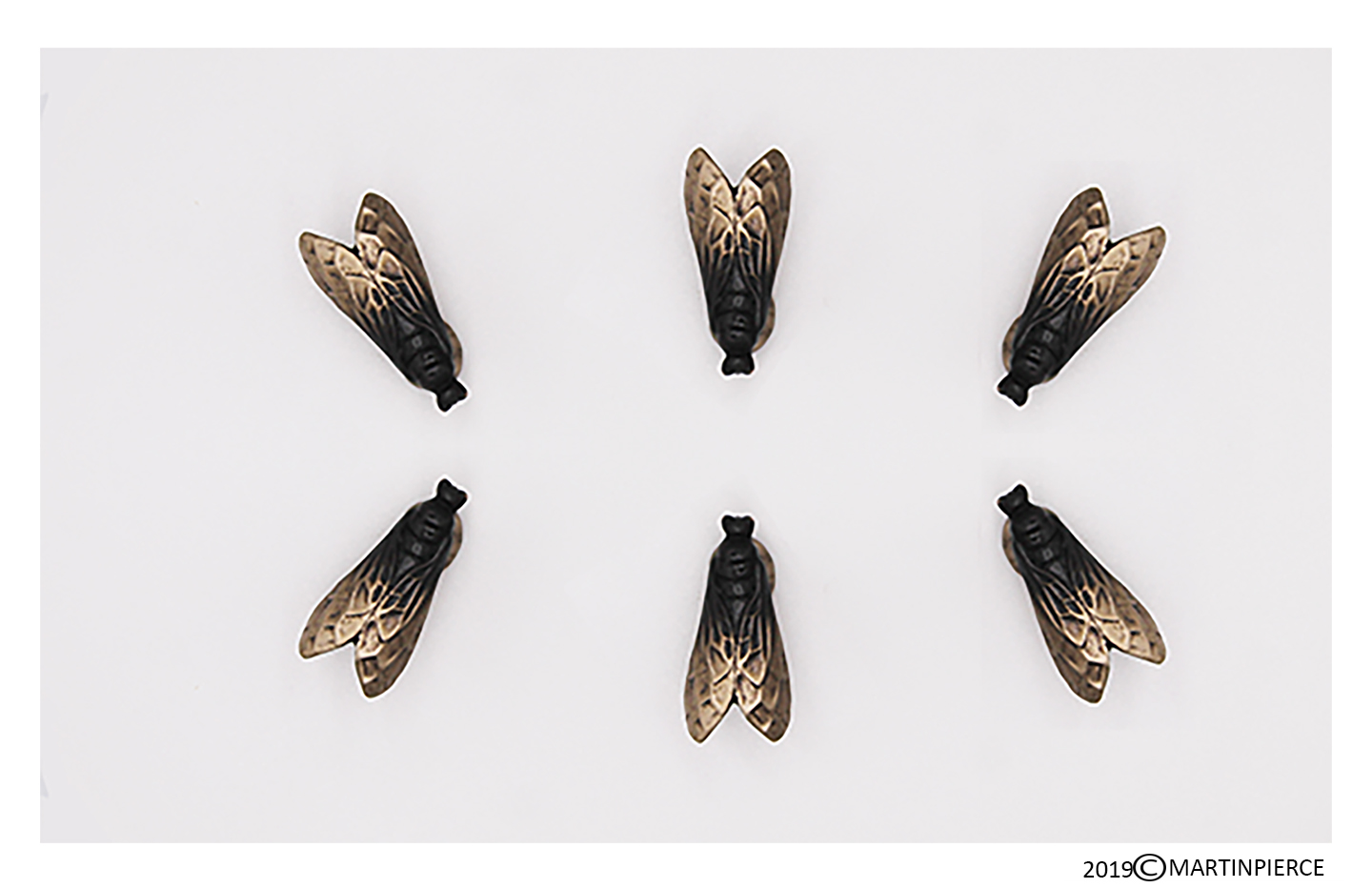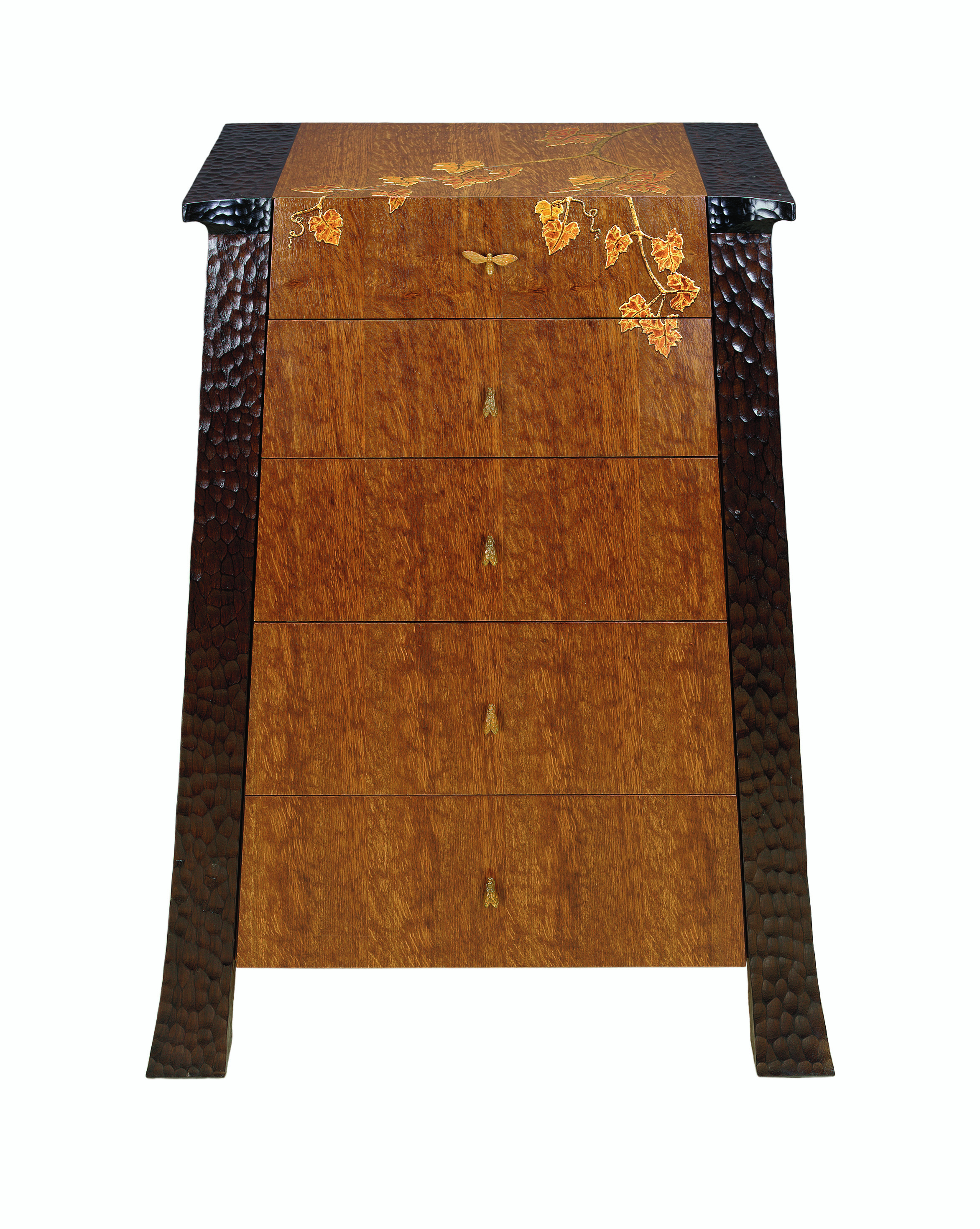Dragonflies renew the life cycle
Almost a year has passed since we shared the photographs, we took of mating dragonflies filmed over the air space above our small pond and not surprisingly we are seeing the same event now. This time we were more prepared and were able to take a short video showing a female dropping down into the pond to deposit her eggs from her ovipositor. While we were not quick enough to video the 2 mating, we will be making this our goal for next year.
We were also able to photograph the blue dasher dragonfly who hopefully will be making an egg deposit to our pond. Both the red/orange flame skimmer and little blue dragonfly have the same 3 stage life cycle from egg to aquatic larva (nymph) and then to colorful adult. The flame skimmer has a longer life span living for up to 1 to three years as compared to the blue dasher’s maximum life span of 6 months. However, both species spend the larger part of their lives submerged in water as developing larva and it is here in their less attractive state that they grow on a diet of other insect larvae and some small fish. It is perhaps for this reason that the idea of fish-eating dragonflies developed since this behavior is common in the non-adult flame skimmer nymph.
We have mosquitofish in our pond who together with flame skimmers eat mosquito larva. The mosquitofish also eat dragonfly , so it seems only fair that they in turn are eaten by the dragonfly nymphs.
The dragonfly shown below from our collection of insect cabinet pulls was loosely based on the shape of the slimmer blue dasher but we have often used the muted brown red coloring of the female flame skimmer when coloring the pull using a hot pigmented oxide.









